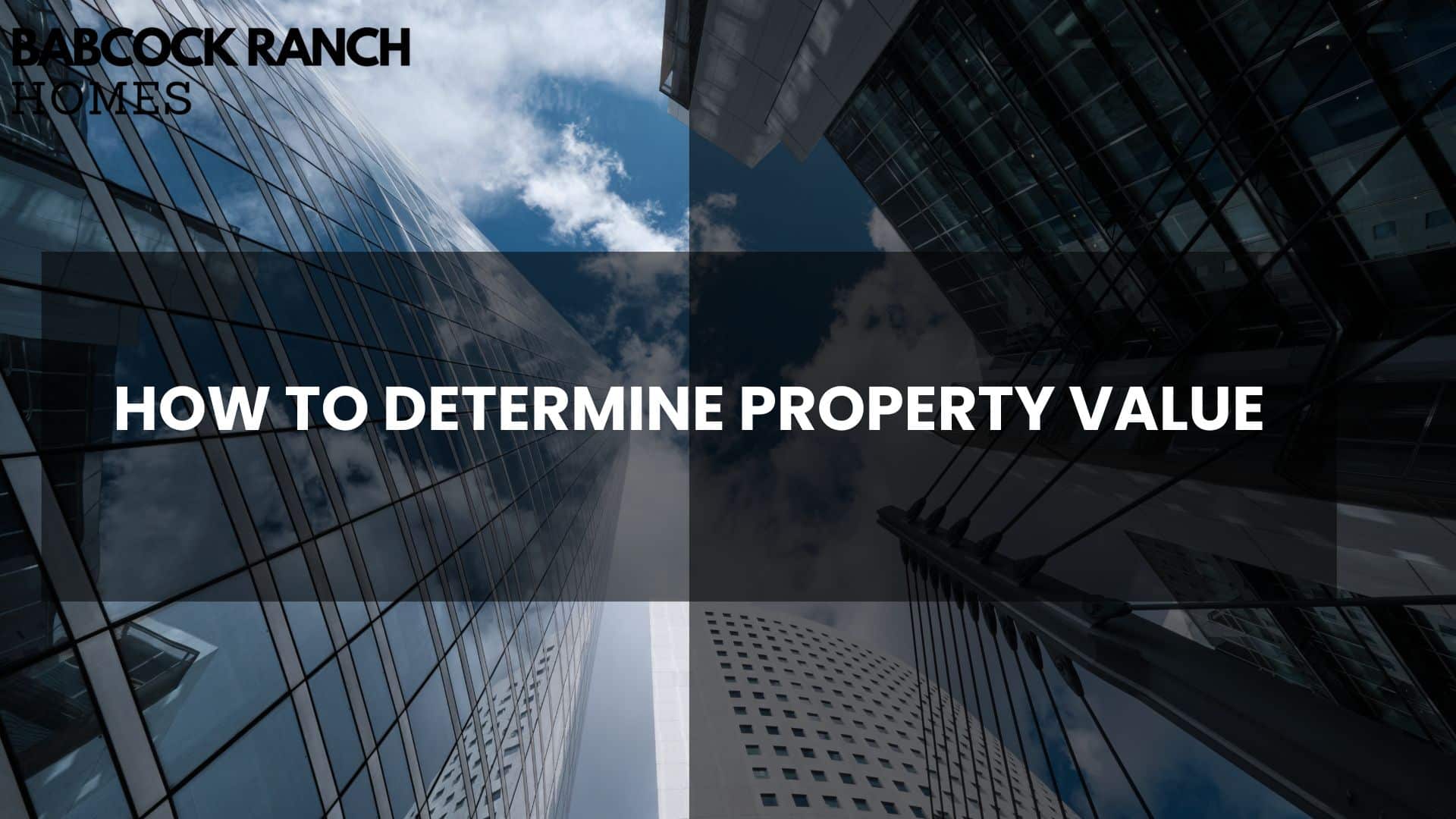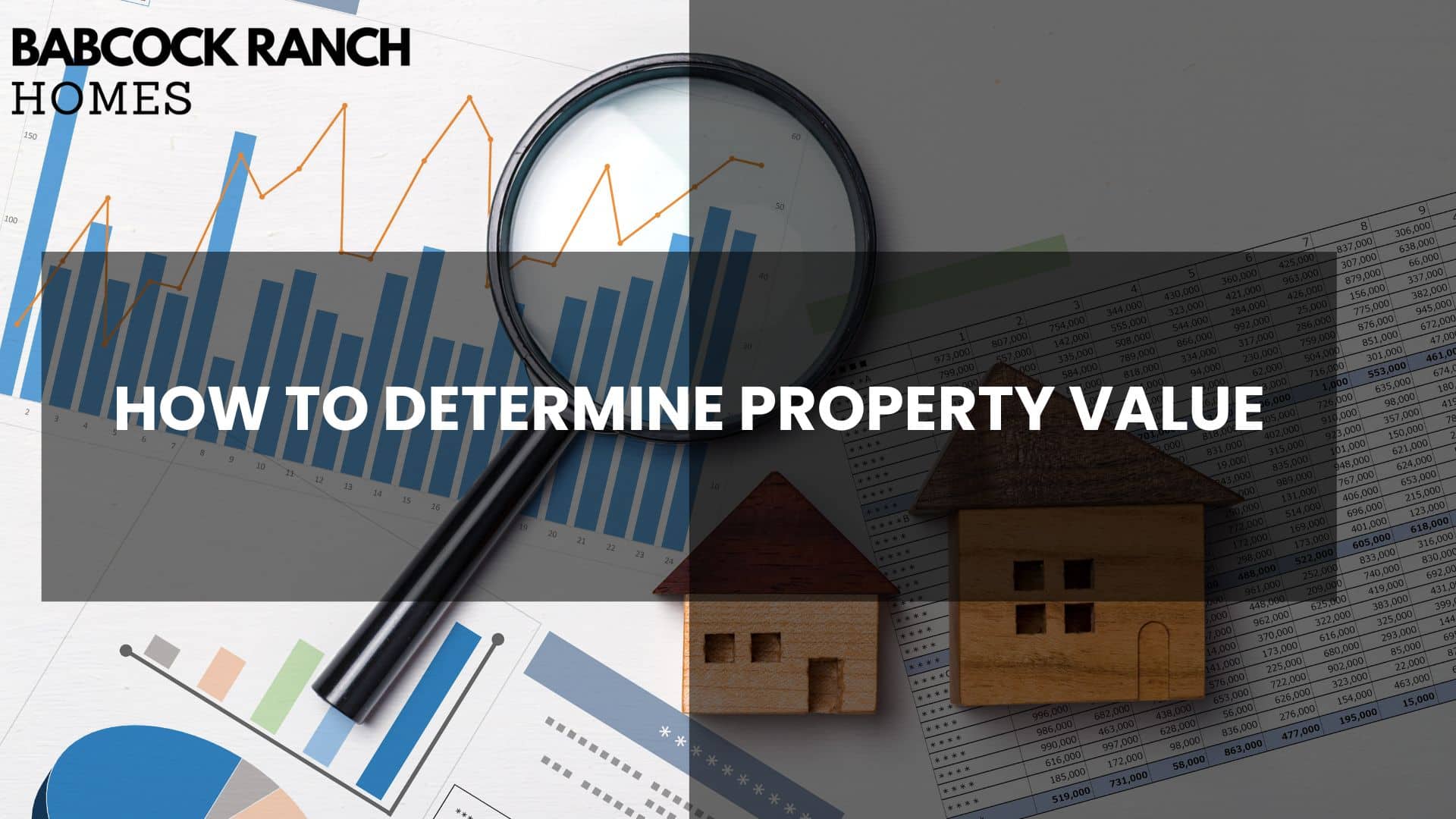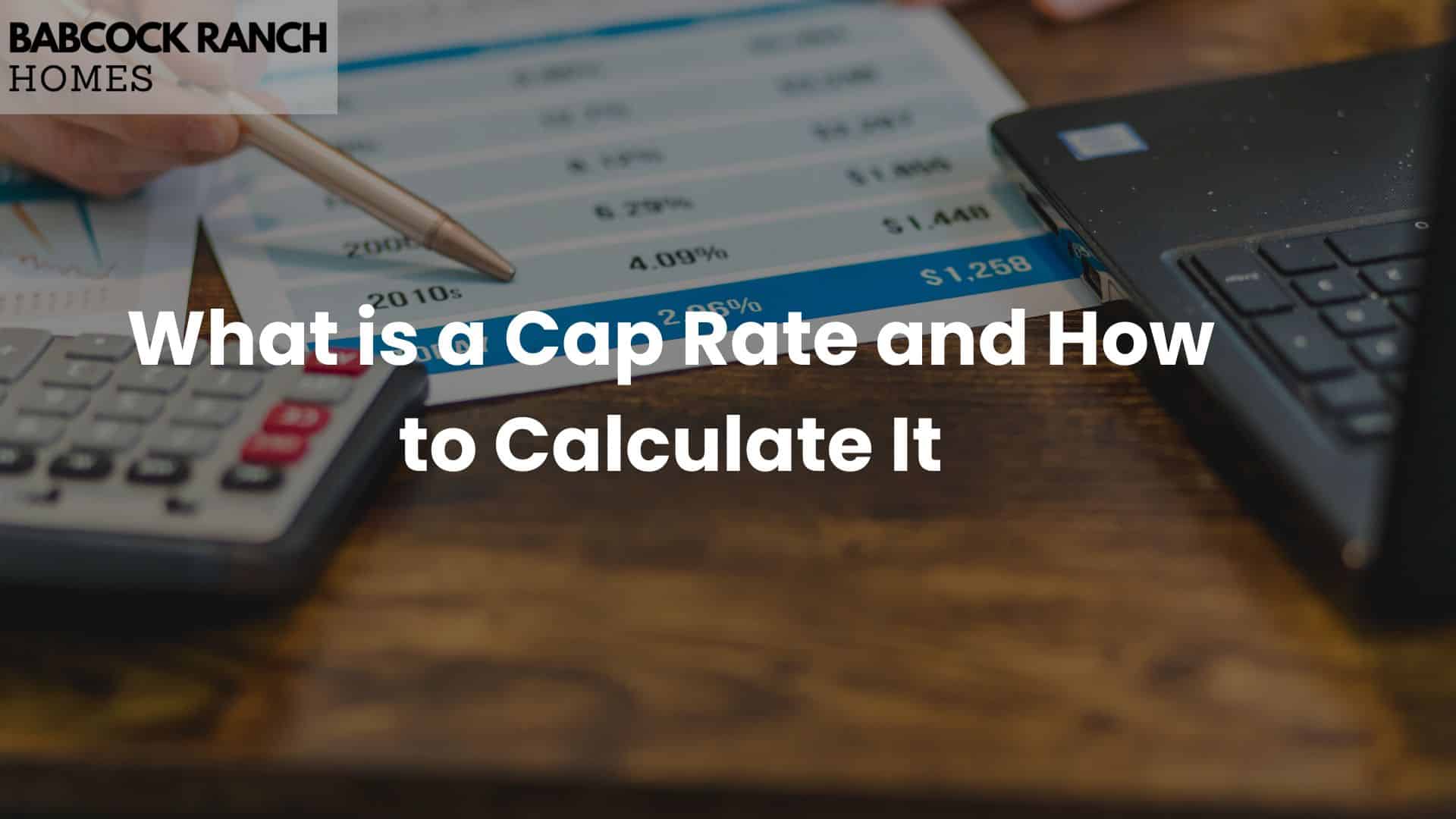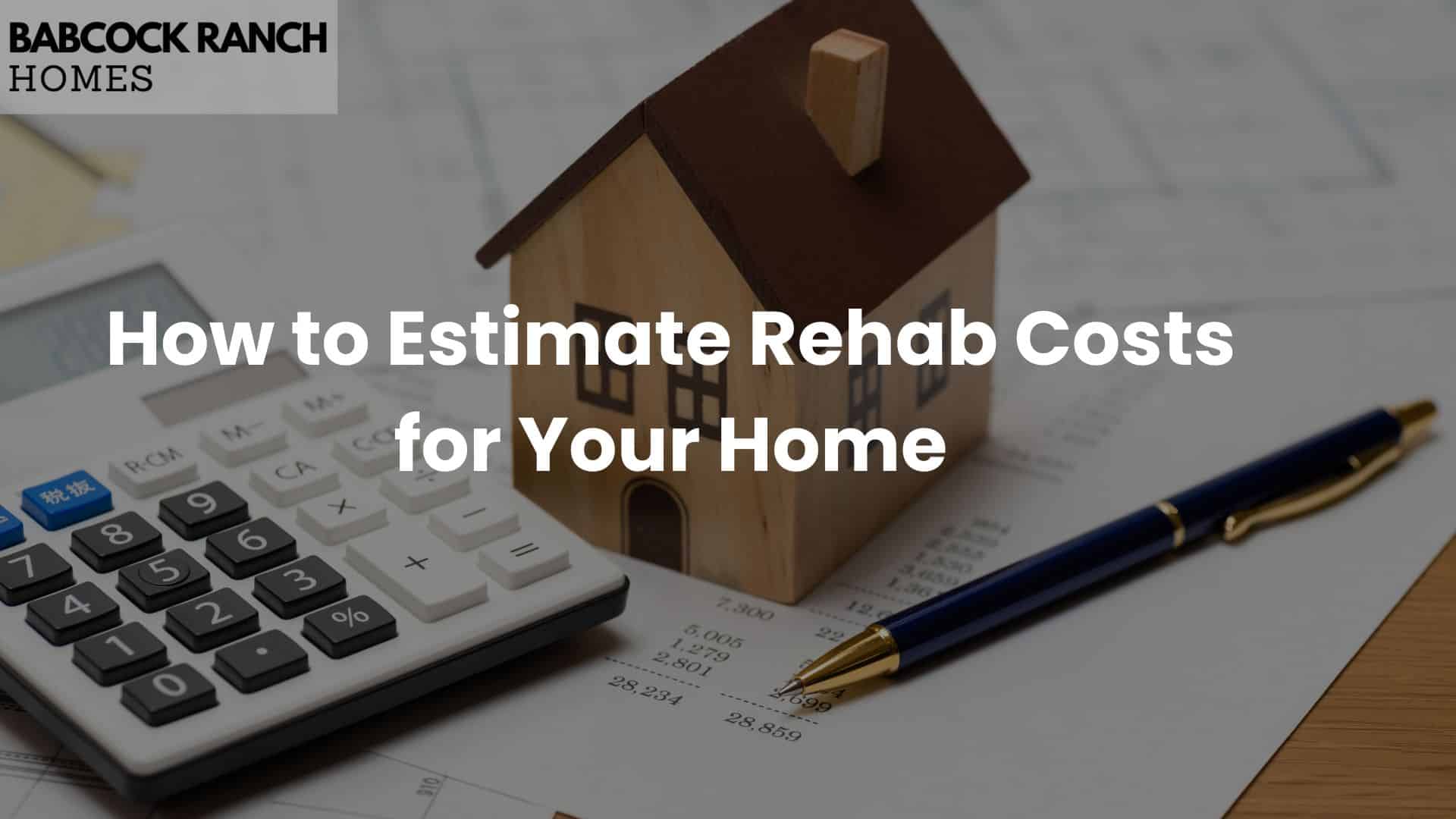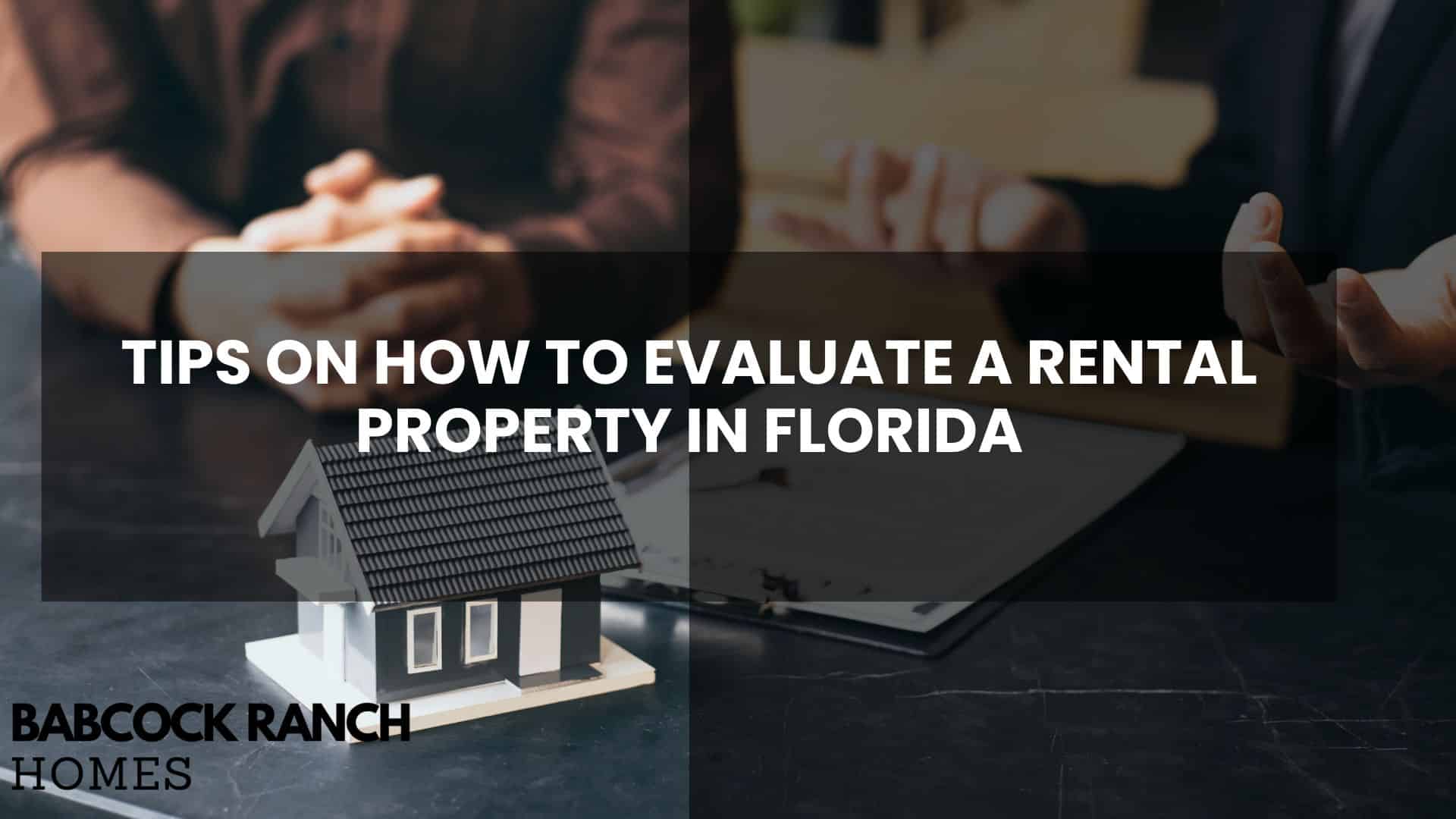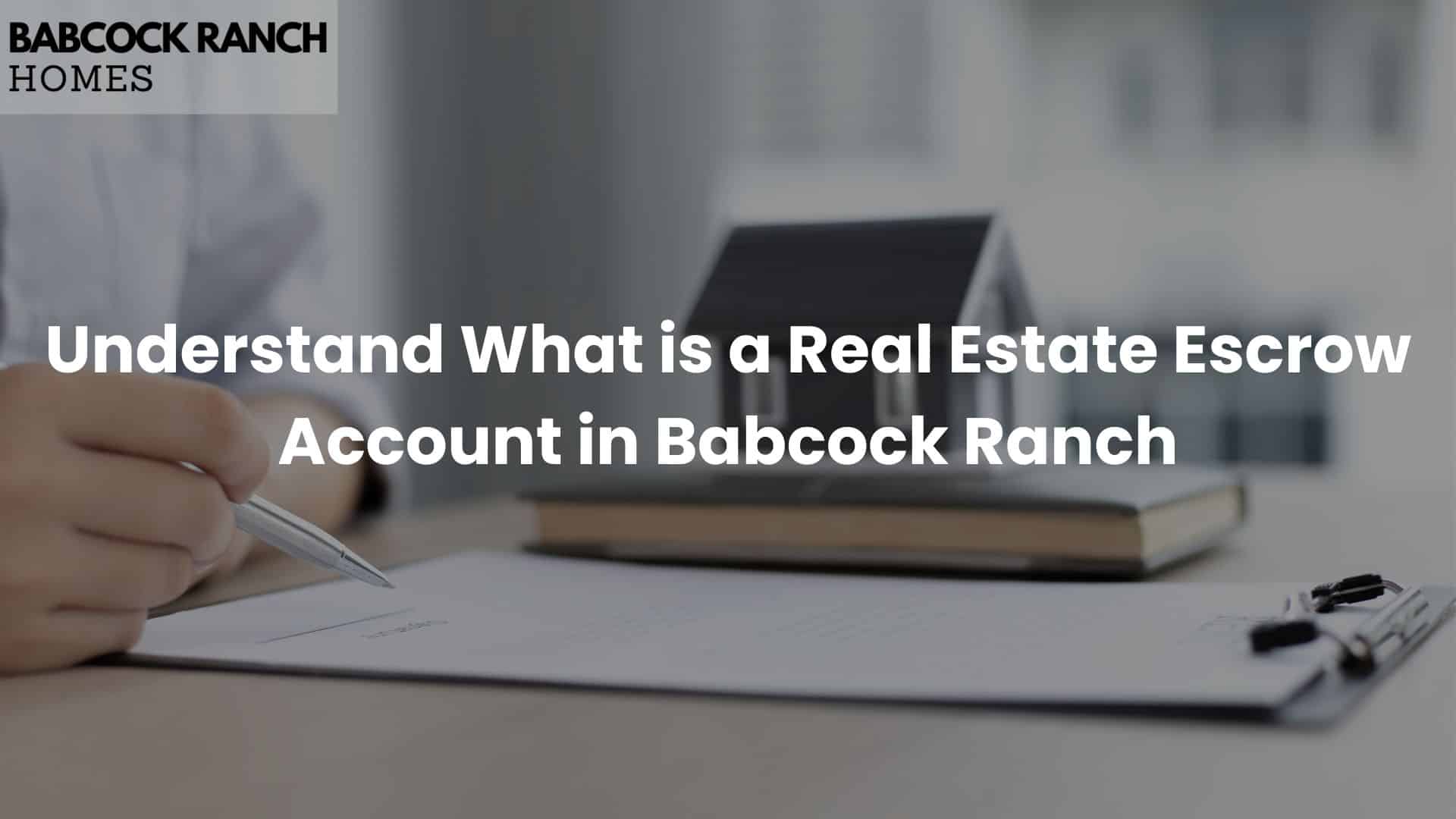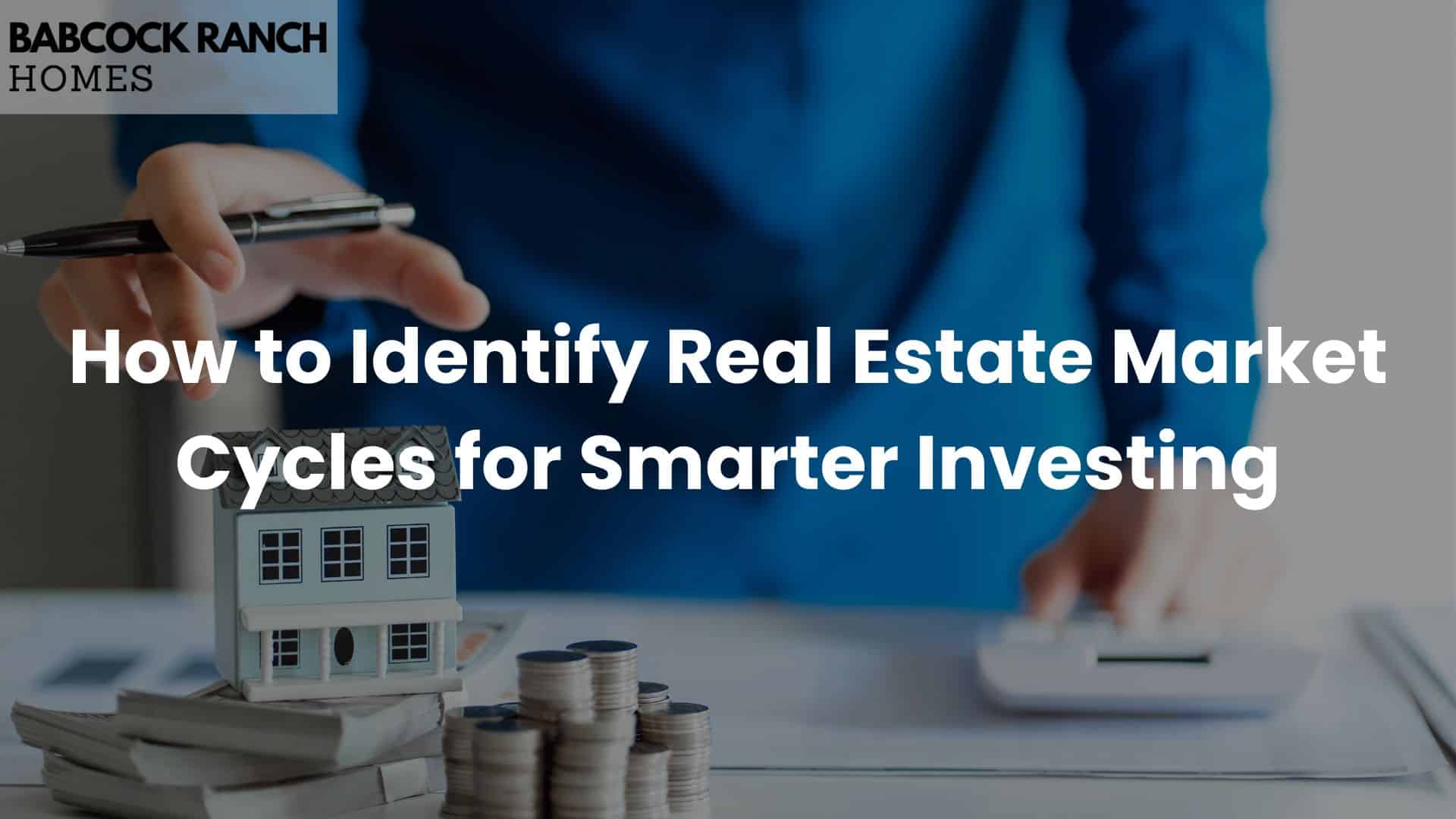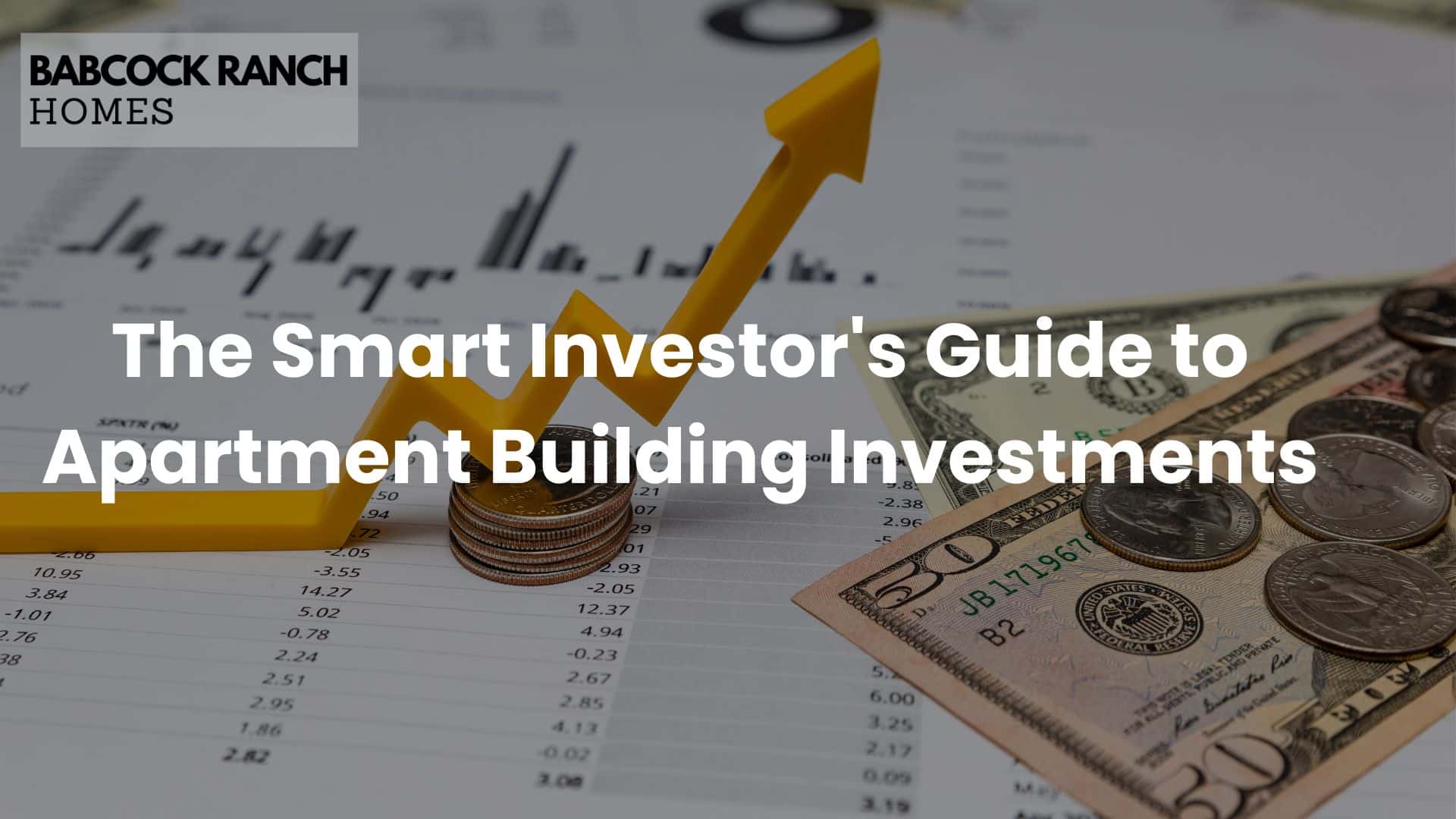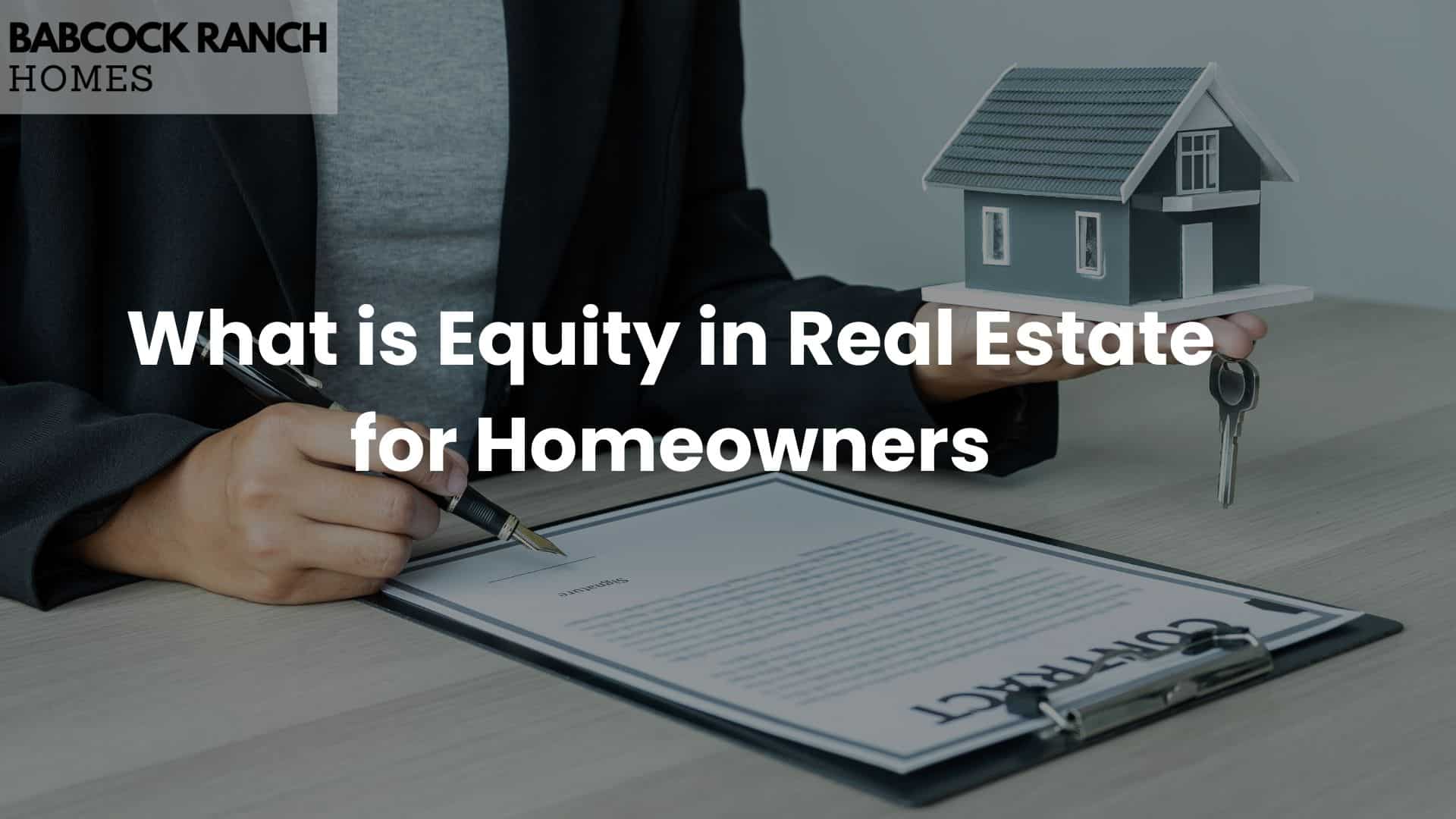
Over 40% of U.S. homeowners have at least $100,000 in untapped financial potential tied to their property. This hidden asset grows silently as you pay down your mortgage and your neighborhood thrives. For many, it represents the largest store of wealth outside retirement accounts.
Your property’s market value minus your remaining mortgage balance equals your ownership stake. This stake acts like a financial springboard, offering flexibility during life’s milestones or challenges. Regular payments chip away at debt while market shifts work in your favor, steadily boosting your ownership share.
Savvy homeowners leverage this resource for major expenses without selling their property. Unlike high-interest loans, borrowing against your ownership stake often comes with better rates. It transforms bricks and mortar into opportunities for education upgrades, renovations, or emergency funds.
Key Takeaways
- Ownership stake grows through mortgage payments and property value increases
- Represents your property’s current worth minus remaining loan balance
- Provides access to low-interest funding for major expenses
- Builds naturally over time as you pay down your mortgage
- Critical for informed financial planning and wealth creation
- Offers flexible options compared to credit card debt
Introduction to Home Equity
Your property holds more than shelter—it’s a financial reservoir waiting to be tapped. This stored value grows through regular mortgage payments and neighborhood development, creating opportunities most owners don’t fully utilize until crucial moments arise.
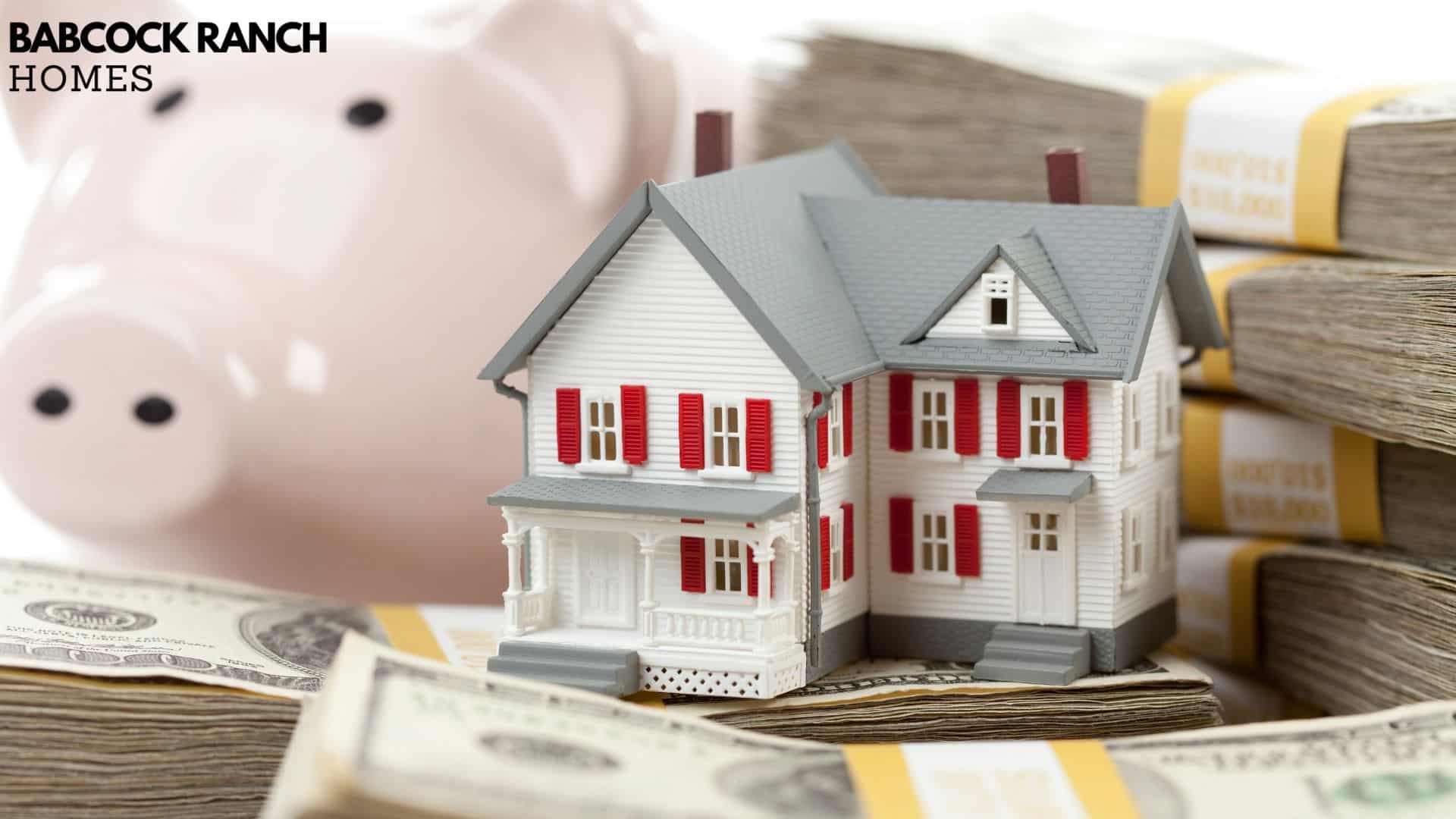
Defining Home Equity
Your ownership stake equals your property’s market value minus outstanding loans. If your residence appraises at $400,000 with a $275,000 mortgage balance, you control $125,000 (31%) in liquidatable assets. This percentage determines when you can cancel private mortgage insurance—typically at 20% ownership.
Why Home Equity Matters for You
This financial cushion impacts major life decisions. Lenders review your stake when approving loans, often offering better rates than credit cards. Tracking growth helps time refinancing or sales strategically.
Your stake strengthens net worth while providing emergency funding options. Unlike renters, you can borrow against this asset for renovations, education, or debt consolidation—turning walls into working capital.
Building Equity Through Mortgage Payments and Home Improvements
Your monthly mortgage check does more than keep the roof over your head—it’s building financial power with every payment. Strategic upgrades to your property amplify this growth, creating a dual path to stronger ownership stakes.
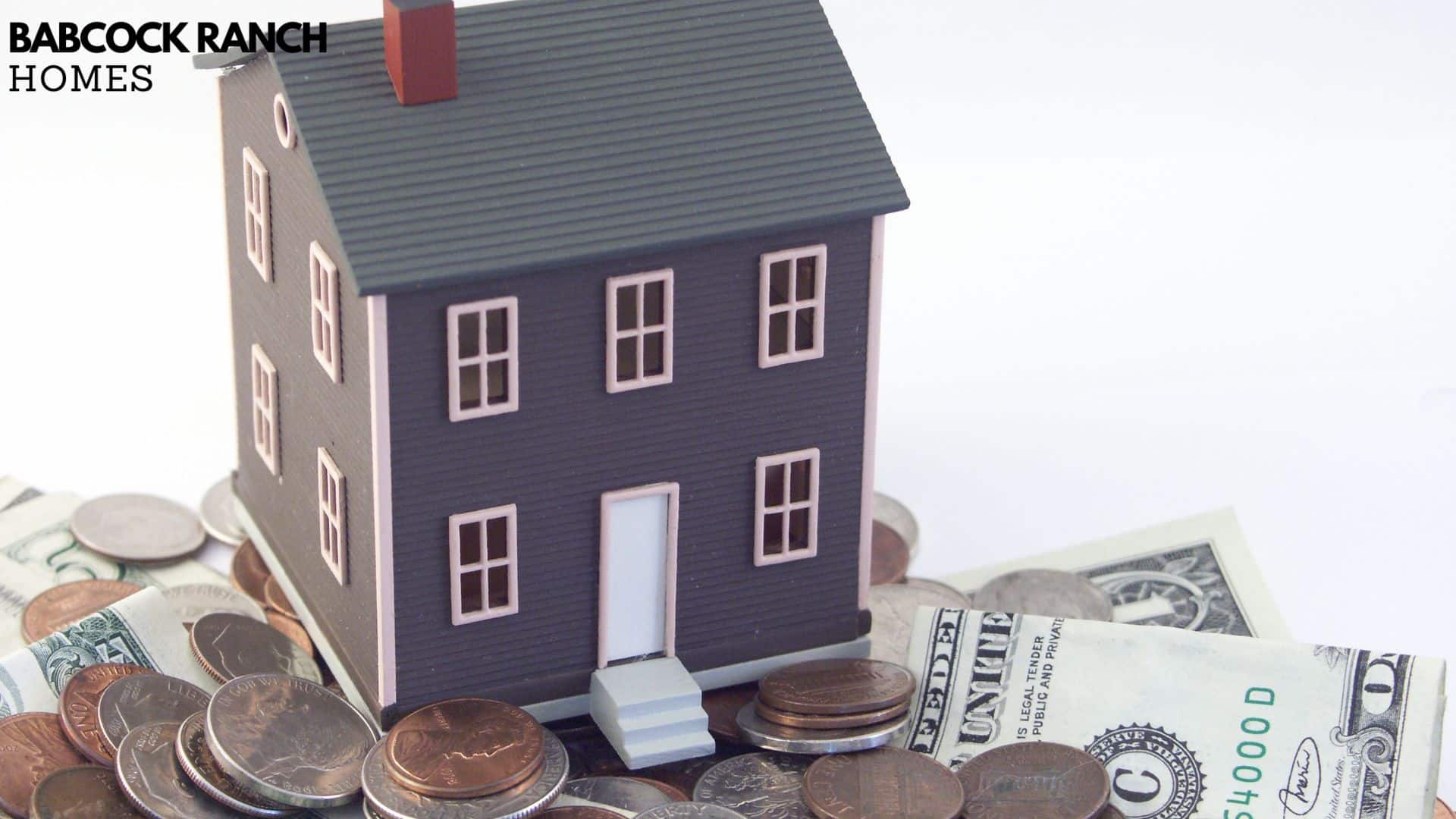
Impact of Mortgage Payments on Your Equity
Loan repayment starts slow but gains momentum. Early payments focus on interest, with minimal principal reduction. As years pass, more of each check chips away at your loan balance.
Accelerate progress by splitting payments biweekly. This simple shift adds one extra payment annually, cutting loan terms by years. Extra principal payments create immediate equity jumps, bypassing interest-heavy phases.
How Home Improvements Increase Your Home Value
Smart upgrades act as value multipliers. Kitchen remodels and bathroom additions deliver consistent returns. Even minor updates like fresh paint or energy-efficient fixtures boost appeal.
Focus on changes buyers prioritize. Added bedrooms expand functionality, while modernized spaces command higher prices. These enhancements compound over time, working alongside mortgage reductions to grow your stake.
Understanding What is Equity in Real Estate
Unlocking your property’s financial potential starts with simple math. Your ownership stake reflects the difference between your residence’s worth and remaining debts. This figure evolves monthly through payments and market shifts, acting as your personal financial dashboard.
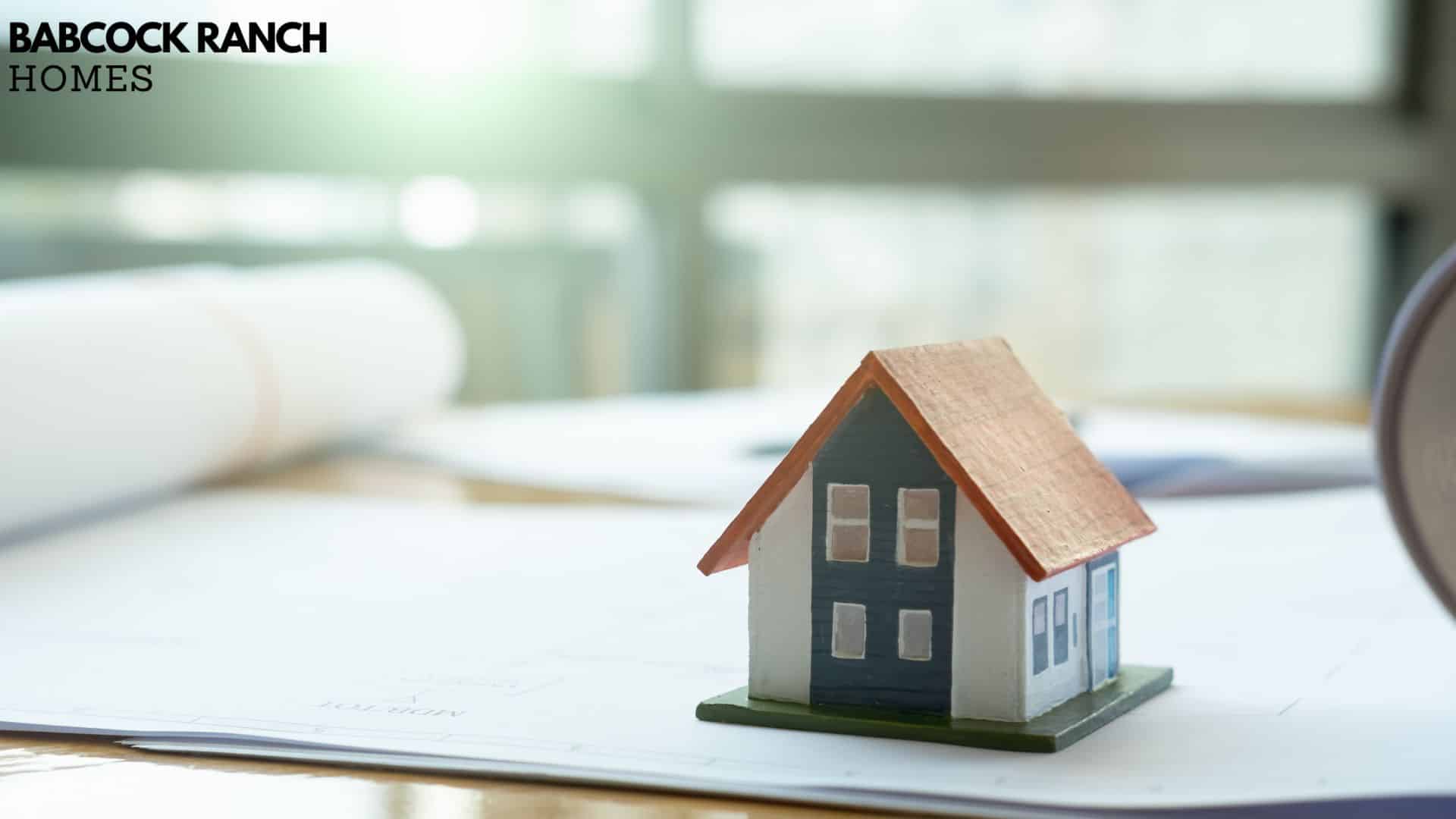
How to Calculate Your Home Equity
Follow these steps to determine your current position:
- Check recent sales of similar properties in your neighborhood
- Review mortgage statements for your current loan balance
- Subtract debts from estimated market price
Online tools from Zillow or Redfin provide instant value estimates. For precision, hire a certified appraiser. Lenders require formal valuations for equity-based loans.
Real-Life Example of Equity Growth
Consider a $300,000 purchase with 5% down payment:
- Original loan: $285,000 at 7% interest
- 15 years later: $275,000 remaining balance
- Current market value: $400,000
Total ownership stake = $400,000 – $275,000 = $125,000. This represents 31% of the property’s worth. Regular payments reduced the debt while market forces boosted the value.
Track these numbers annually through lender portals or budgeting apps. Watch how time and location work together to build your financial foundation.
Borrowing Against Your Home Equity
Your home’s financial power extends beyond its walls, offering flexible funding solutions when you need substantial cash. Three primary methods let you access this resource while keeping ownership intact. Each option serves different financial needs and repayment preferences.
Home Equity Loans, HELOCs, and Cash-Out Refinance
Cash-out refinancing replaces your existing mortgage with a larger loan. You receive the difference in cash while managing one monthly payment. This works well if current rates are lower than your original mortgage.
Traditional home equity loans act as second mortgages. They provide lump sums with fixed rates, ideal for predictable expenses like roof replacements. Payments remain consistent over 5-30 year terms.
HELOCs function like credit cards tied to your property’s value. Draw funds as needed during a 10-year period, paying interest only on used amounts. Variable rates make these suitable for ongoing projects.
Pros and Cons of Tapping Into Your Equity
Borrowing against your stake often brings lower interest rates than credit cards—sometimes by half. Lenders typically cap loans at 80% of your property’s value to minimize risk.
However, missed payments could lead to foreclosure. Closing costs for equity loans range from 2-5% of the loan amount. Consider repayment timelines carefully before committing.
- Fixed-rate stability vs. HELOC flexibility
- Single-payment convenience with refinancing
- Risk management through borrowing limits
Factors Influencing Your Home Value and Equity
Your property’s worth fluctuates like weather patterns—shaped by economic climates and local demand. Neighborhood changes and broader financial shifts constantly reshape your stake in the property. Knowing these forces helps you make smarter decisions about leveraging your investment.
Market Trends and Appraisal Accuracy
Local job growth and school ratings quietly boost or drag down prices. Professional appraisers assess these elements during valuation, measuring your property against recent area sales. Their reports determine how lenders view your borrowing power.
Regional housing shortages create competitive markets, while oversupply softens prices. These conditions affect your equity position even if you’ve made no changes to the property. Track neighborhood developments through local news and real estate alerts.
Understanding Loan-to-Value Ratios
This critical ratio compares your mortgage balance to the property’s current worth. A $200,000 loan on a $400,000 home equals 50% LTV—better terms than 80% ratios. Lenders reward lower ratios with reduced rates and fees.
Improving your ratio happens through debt reduction or value increases. Time plays double duty—payments shrink your loan while markets ideally lift prices. Monitor this percentage annually through lender statements or online tools.
Strategic Uses of Your Home Equity
Your property’s hidden financial power becomes actionable through smart planning. Thoughtful decisions about accessing funds can enhance your lifestyle while strengthening long-term wealth. Consider these approaches to maximize value equity without compromising stability.
Leveraging Equity for Renovations and Consolidating Debt
Transform your living space while boosting market value through targeted improvements. Kitchen upgrades and bathroom remodels typically deliver 60-80% return on investment. These changes increase comfort now while building future wealth.
Consolidate high-interest debts into one manageable payment. Credit card balances averaging 19% APR could be replaced with rates under 8% through equity financing. This strategy saves money over time and simplifies monthly expenses.
Evaluating Financial Goals and Investment Opportunities
Access funds for education costs often at better terms than student loans. Cover unexpected medical bills without draining savings accounts. Some entrepreneurs use equity sums to launch businesses, though this carries higher risks.
Avoid using these funds for depreciating assets like luxury vehicles. Once you reach 20% ownership stake, request cancellation of private mortgage insurance. This move eliminates recurring costs while maintaining access to your financial resource.
Conclusion
Your property’s financial potential transforms into real opportunities through smart planning. Regular mortgage payments and market appreciation work together to grow your ownership stake. This growing resource offers flexible solutions for life’s big moments.
Consider using accumulated funds for renovations that boost property value or consolidating high-interest debts. Each payment builds your financial safety net while increasing your ownership percentage. Choosing the right loan product requires careful evaluation of rates and repayment terms.
Babcock Ranch homeowners can explore these strategies with local experts. For personalized guidance on leveraging your property’s value, contact Babcock Ranch Homes at 518-569-7173. Their team helps residents make informed decisions about financing options.
Remember: Building wealth through your property takes time and informed choices. Track your progress annually and consult professionals before accessing funds. Your home’s hidden potential awaits strategic activation.


